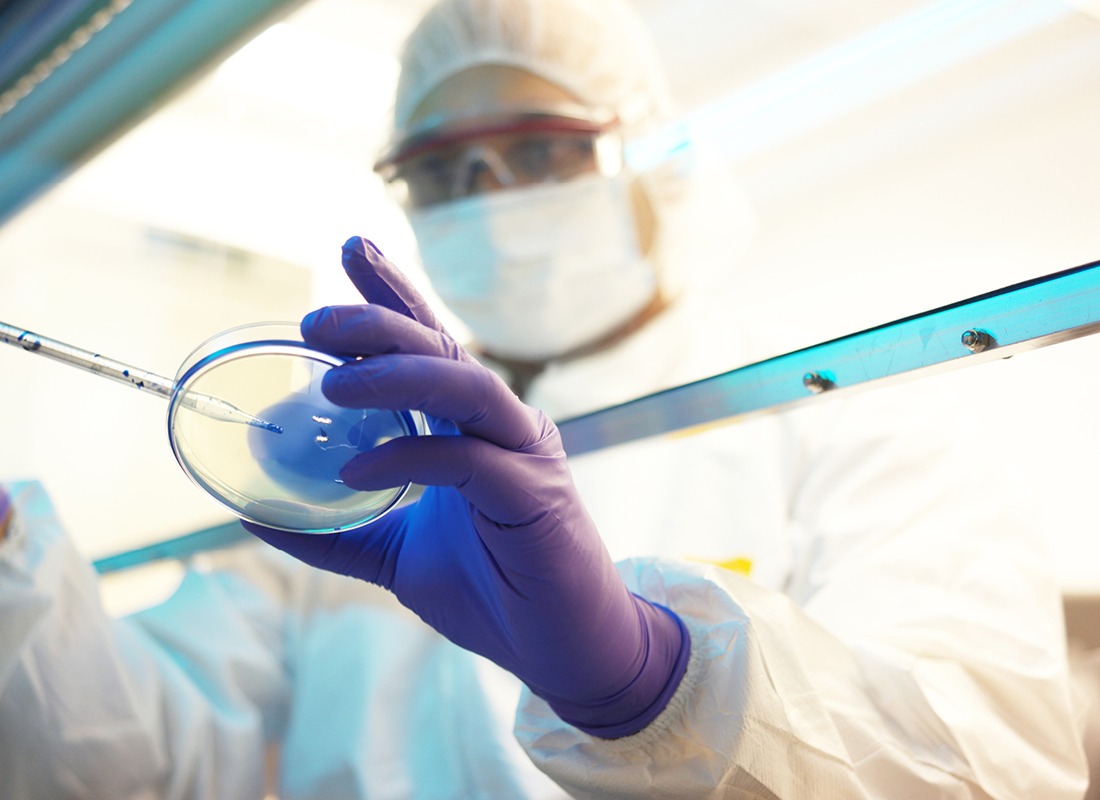New Study Supports Use of Liquid Biopsy Technology to Bolster MRI Accuracy in Cancer Treatment
Important new evidence has emerged supporting the capabilities of liquid biopsy to enhance the accuracy of magnetic resonance imaging (MRI) for cancer diagnosis and treatment. That evidence comes from a new report revealed at the annual American Association for Cancer Research (AACR) showing that adding liquid biopsy to MRI may improve the ability to gauge breast cancer treatment response. Here is an overview of the report and what it may portend. The Diagnostic Challenge Liquid biopsy is a noninvasive diagnostic approach involving isolation of circulating tumor markers such as cell-free nucleic acids and circulating tumor cells from peripheral blood. The tumor microenvironment hosts growing and apoptotic cancer cells that release biomarkers into the circulation, that can subsequently be collected for use in analyzing tumor biology. Can the capabilities of liquid biopsy to measure plasma cell-free DNA (cfDNA) non-invasively and at relatively low cost be used to enhance the accuracy of MRI? This question has become an important focus of cancer research in recent years. The AACR Report The AACR report comes from a retrospective study sponsored by the University of Genoa and other organizations in Italy. The study focuses on cancer patients after they receive chemotherapy and before surgery. Under […]

Subscribe to Clinical Diagnostics Insider to view
Start a Free Trial for immediate access to this article